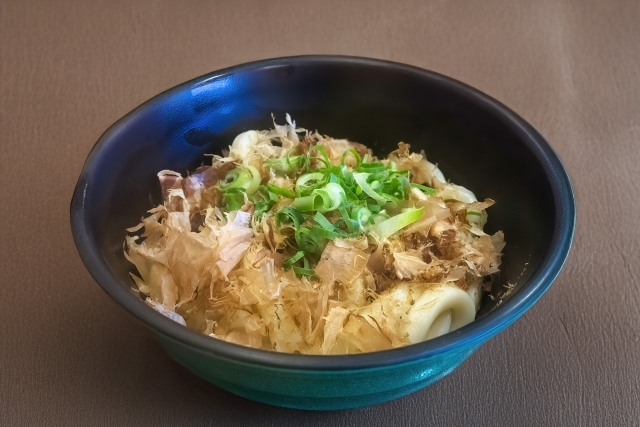
Do you know about Japanese local cuisine? There are many local cuisines in Japan that reflect the climate, history, and culture of each region.
This article introduces the characteristics of Japanese local cuisine.
Characteristics of Local Cuisine
Rooted in the local climate and local customs
Japan is long from north to south, and each region has a different climate, resulting in a diversity of local ingredients and cooking methods. For example, in cold regions (Hokkaido and Tohoku region), many dishes are well-preserved and warming in order to ward off the winter cold. Examples: Ishikari nabe (Hokkaido), Kiritanpo nabe (Akita Prefecture).
Local ingredients are utilized
Local specialties are often used, and in coastal areas, sushi and nabe are often made with fresh seafood. Example: Oyster Dote Nabe (Hiroshima Prefecture)
Preservation-oriented
Particularly in an era when refrigeration technology was not yet developed, ingenious ways of preserving food were developed.
Fermented foods: miso, pickles, soy sauce, and vinegar are used. Example: Heshiko (Fukui Prefecture)
Ties to events and culture
Local cuisine is deeply connected with festivals and annual events.
The ozoni eaten in households throughout Japan during the New Year has different forms in each region, characterized by the shape of the rice cake and the type of soup stock. Examples: white miso soup (Kansai), soy sauce soup (Tohoku and Kanto).
Other local delicacies eaten at celebrations and festivals include gohei-mochi (in the Chubu region).
This is Ishikari nabe in Hokkaido. It looks delicious!
In this issue, we have introduced some of Japan’s local cuisines. For a more detailed introduction of the cuisine, please look forward to future articles. When you visit Japan, we hope you will try the local cuisine of each region!


Comment